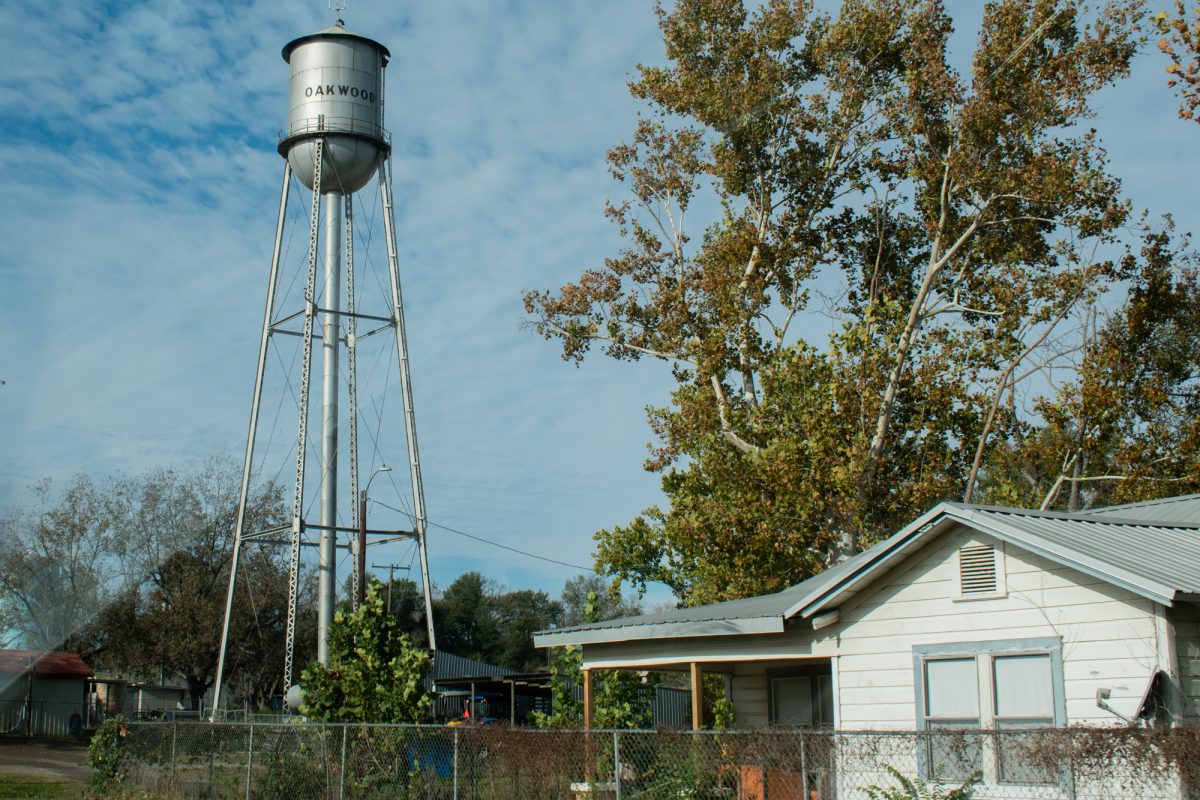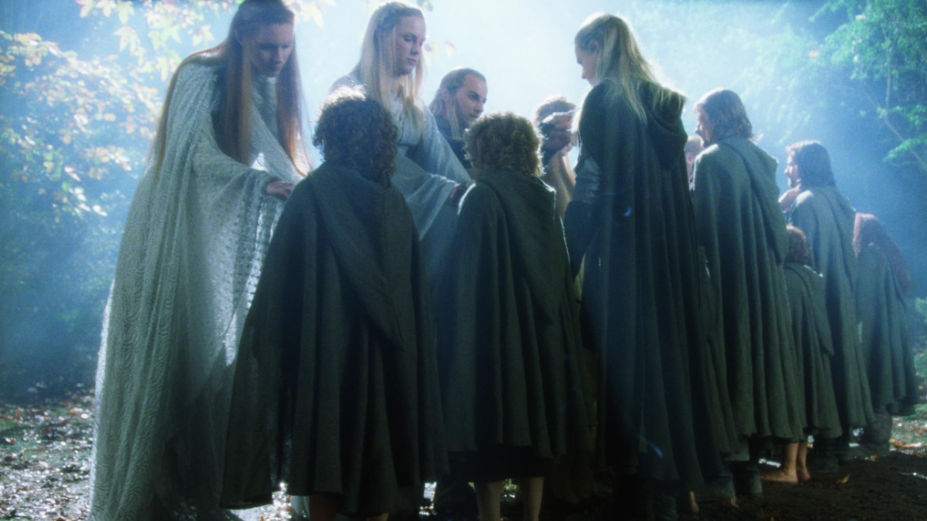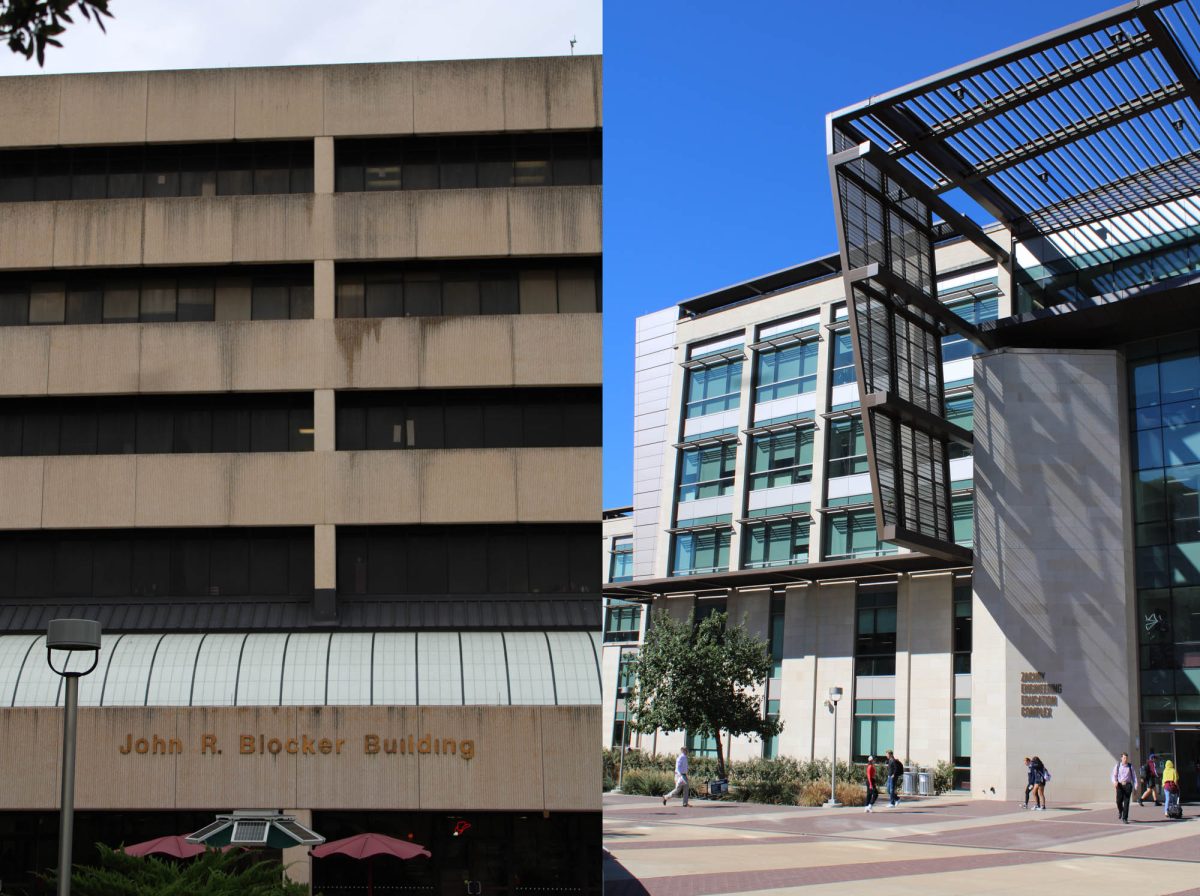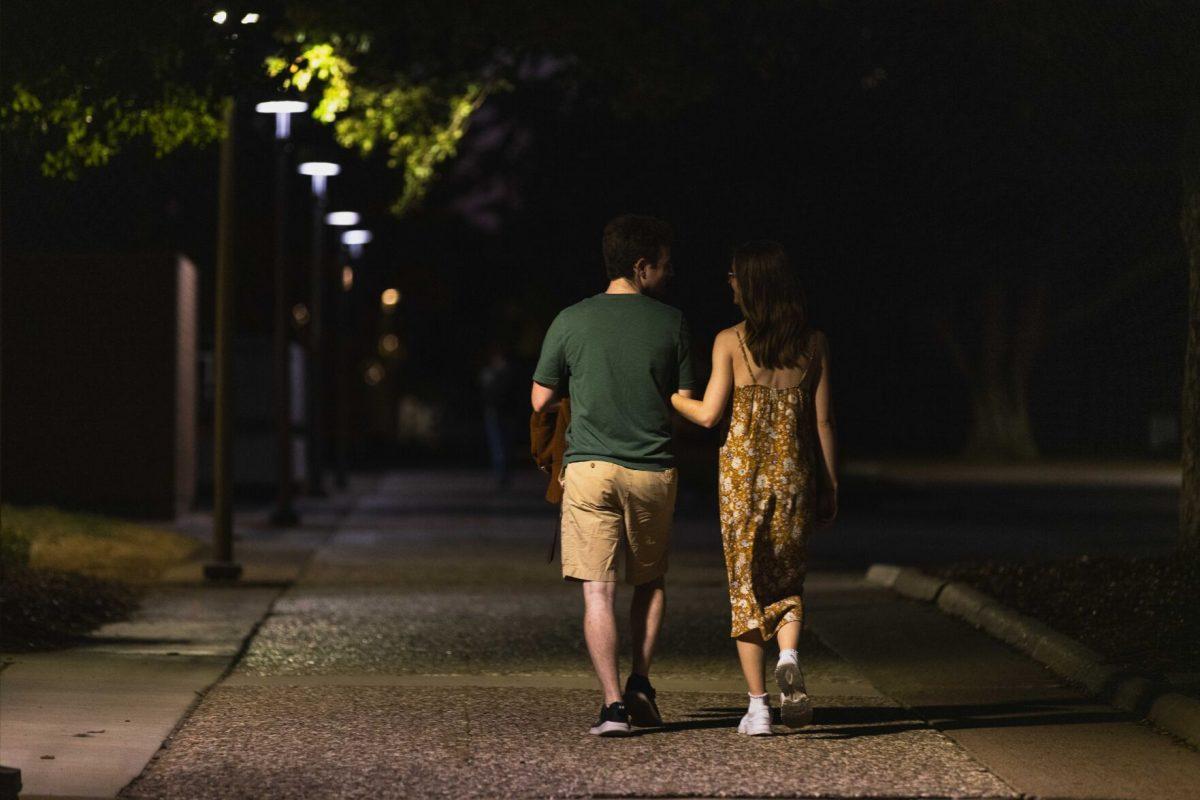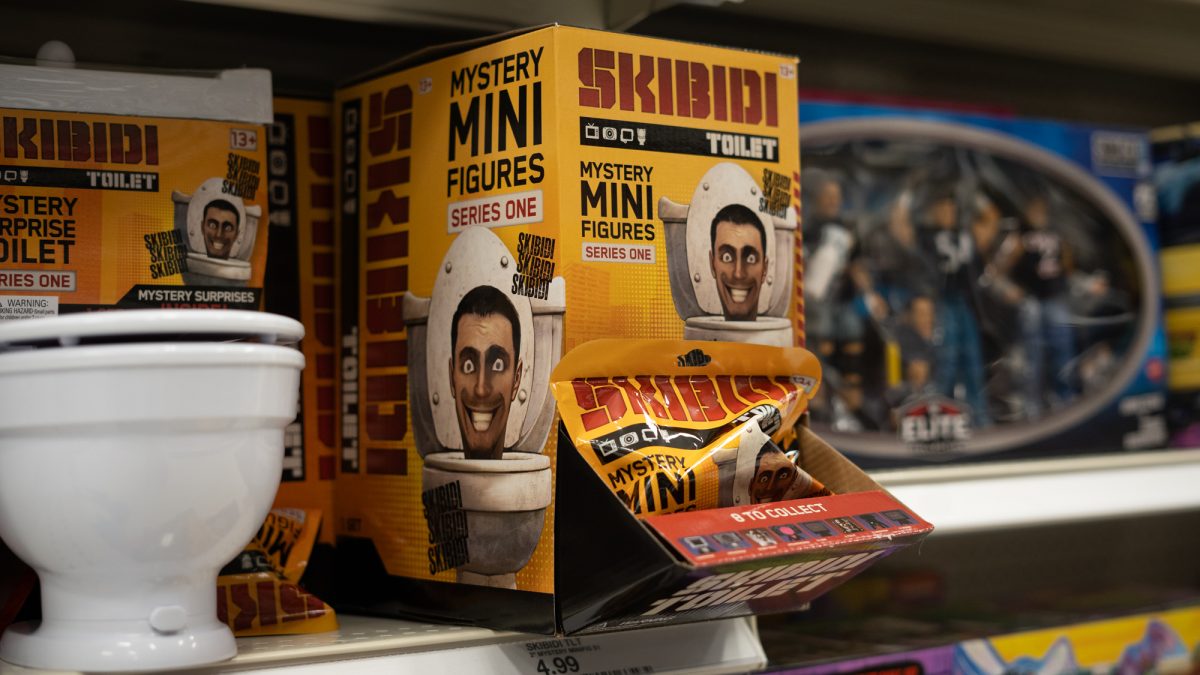Rating 6.5/10
Spoilers ahead for “Smile 2.”
I’ll be the first to admit: I like stereotypical horror. Curses, sets of rules, hauntings, possessions, cryptids, skinwalkers and whatever else people have thought up a million times. I regularly listen to creepypasta narrations, many of which contain content that is not as original as some might like, but which I nonetheless find interesting and worth listening to.
But despite how many times I’ve listened to, read or watched similar horror media, each new story has excited me because they all — usually — have their own twists; something that makes them different. Those twists bring me back, again and again, to enjoy the stories that probably would get old to a lot of people really fast.
So when I say that “Smile 2” may be one of the most repetitive sequels in recent memory, I say that with some sympathy and tolerance for repetition. If it’s not broken, don’t fix it, right?
Unfortunately for the people making this movie, “Smile” is a form of art, not a machine. An iterative artistic expression needs to innovate. Otherwise, what’s the point in making it when we have the previous version?
Fundamentally, then, that is the issue that defined “Smile 2” as I watched and tried to enjoy it: Why the hell would I watch this movie when “Smile” already exists? What new content does it provide?
Ok, let’s play devil’s advocate then. What new things do we have in this movie that might make “Smile 2” a new and interesting piece of art?
Let’s start with Skye Riley, the main protagonist of the film. To her own credit, Naomi Scott — the woman who plays Riley — is an incredible actress who is clearly very dedicated to her role. When she’s given an emotion, moment or scene to sell, she pulls out all the stops.
There are a couple of flashback scenes to a car wreck in the film exploring some of her past trauma that really exemplify this. You feel like you’re in that car with her as she’s releasing these agonizing, gut-wrenching screams. Not just about her past, but her present and — I think unintentionally and ironically — about the horrific future that awaits her as an indirect result. That’s compelling. And I’ll admit, they chose the right actor for the job.
Also interesting is the limited elaboration on the demon — or spirit or whatever it is — and how it might be stopped. We don’t get to explore that avenue of the plot too much, but I think the writers are intentionally tactful here: show, don’t tell. If we learned too much about the demon, it would take away the anticipation of the unknown and intangible which fundamentally drives the fear factor up.
There’s more stuff like this that’s just genuinely good, solid horror content. There were quite a few smiling entity scare scenes that made me jump, the cinematography was excellent and the performance by most of the actors was compelling.
What’s my problem with all of this then? Why do I object so harshly to “Smile 2?”
The issue is that almost all of this “good” content — and it is genuinely good — can be found in the first entry to the series.
Riley, as interesting as she is, has to contend with the equally effective and interesting protagonist Rose Cotter from the first entry. Like Riley, Cotter is also haunted by past trauma, has regular flashbacks to her traumatic incidents and deals with the demon in a very similar fashion.
Their stories are so alike that they have what are almost identical final acts. Both Rose and Cotter realize the importance of fighting against the demon once they’ve been haunted for a few days, run into abandoned buildings to deal with it and both take a final, radical action to defeat the demon. In “Smile 2,” Riley injects herself with a drug that stops her heart, and in the first film, Cotter apparently burns the entity alive.
But guess what, it’s a fake-out! In both movies! It turns out that the Cotter didn’t really get away from the burning demon to go to her new boyfriend’s house, she’s just back in the abandoned building. And Riley? She’s actually about to perform at a concert, which you would have already guessed if you saw the trailer which basically spoiled it. As you might expect, both get fully possessed by the demon and kill themselves.
Even the underlying theme detailing the devastating impact of trauma is fundamentally the same. As is the cinematography, most of the substantive characters or anything that would catch your attention while watching a movie.
Look, if you haven’t seen the first “Smile,” I would absolutely recommend you watch this movie. Like I said, it’s basically the same thing with a few minor improvements and differences. I would even go so far as to say that if this had debuted as the original film in the series, I would have given it a 9/10. The fundamentals are just so interesting and well done while maintaining the undertones of fear, trauma and the lack of understanding we have of the bizarre and intangible.
However, this is a sequel, not a standalone film. And because of that, I am levying the expectation of a sequel upon it. This expectation is that in any iterative form of art, the sequel must innovate upon the expression of the former work in order to be truly considered good.
“Smile 2” does not meaningfully innovate. Instead, it repeats. Although the content is good, it is the same form, same substance and, ultimately, nearly the same movie.
Kaleb Blizzard is a philosophy sophomore and opinion writer for The Battalion.




